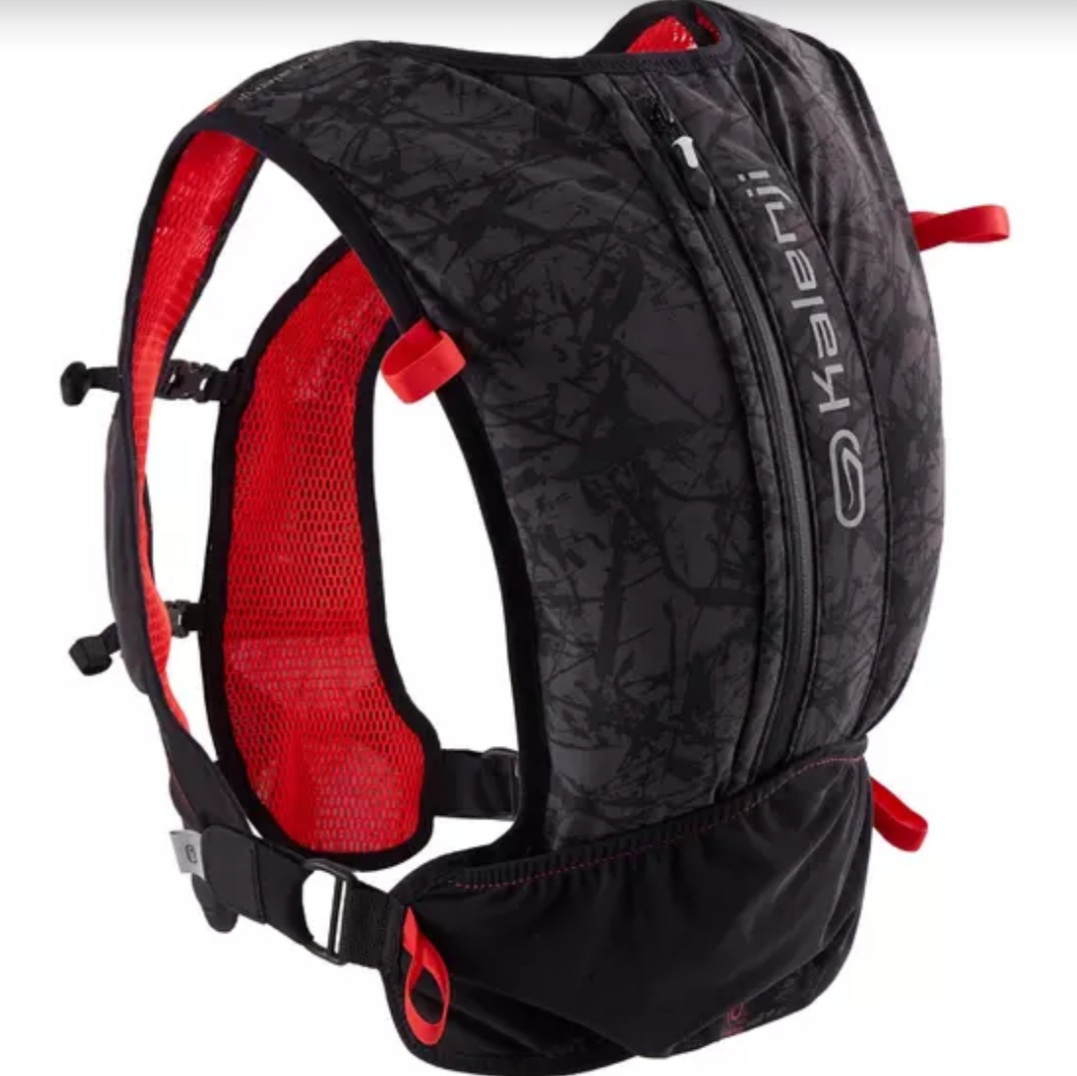One non-negotiable rule for marathon running is that you have to take on fluid and fuel if you want to run your best. Whilst there are stories of people taking extremely small amounts of food and fluid in marathons, it’s certainly not advisable, and at the very least it’ll mean a slower race than we could run. So now the question, how do I carry everything?
Two options are to run with a gel belt (a belt for carrying gels would you believe?) or to wear a hydration pack/vest. Let’s look at the pros and cons of each.
Gel belt
Pros:
- Lightweight as you’re not carrying 1-2kg of extra weight in drinks.
- Often come with a small pocket for storing your phone/keys/card or cash.
- Cheap. You can pick one up for as little as £4.
Cons:
- Leaves you with the course provided drinks which restricts your fluid intake strategy, or handheld drinks which will interfere with your gait and tire the arms.
- Means only food carbs can be taken in since many races will only offer water (expect some of the larger marathons).
- If not well-positioned, gels can fall out.
- Not great for training as you’ll need to stash water beforehand, carry it in hand, run several loops or stop at shops and interfere with training quality.
Hydration pack/vest
Pros:
- Potentially huge amounts of storage for gels, drinks, phone etc.
- No need to hold drinks leaving your hands free.
- More flexibility in your fueling strategy as you can use carb drinks such as tailwind as well as gels or as a replacement for gels.
- Less hassle for long training runs as you have everything you need.
Cons:
- Because of their storage capacity, it’s tempting to take far more than you need and weigh yourself down.
- The extra 1-2kg will slow you down.
- Packs and vests cover your largest heat dissipating surface (your back) meaning you’re more likely to overheat/struggle with heat management.
- More expensive, generally £20+.
- They don’t always fit very well and are hard to find in shops to try on, so you might end up buying a few before you find one that works for you.
- Cleaning out the hydration bladder can be difficult depending on the design.
- Bladders can split over time and you’ll only find that out right before or during a run.
Personally I train with a hydration pack (£30), but race with a gel belt (£5). My carb intake is purely gels so it doesn’t matter that I can only get water during the race, and not having the pack means I’ll find race day that bit easier having completed long runs for 10 weeks with more weight. That’s a handy psychological and physiological edge.
Whilst this approach works for me, it’s with my body, mind and estimated race time taken into account. The longer you’re likely to take for a marathon, the longer the time gaps between water stations, so you might want a hydration pack instead. If gels aren’t your thing or you can’t consume enough of them without negative consequences, then a hydration pack is definitely the way forward.
Both have their merits come race day and only you can decide which option to go for based on your individual circumstance. Consider the points above, train accordingly and come race day it should all come together.
Written by Kyle Brooks, Running Coach based in Norwich, Norfolk

